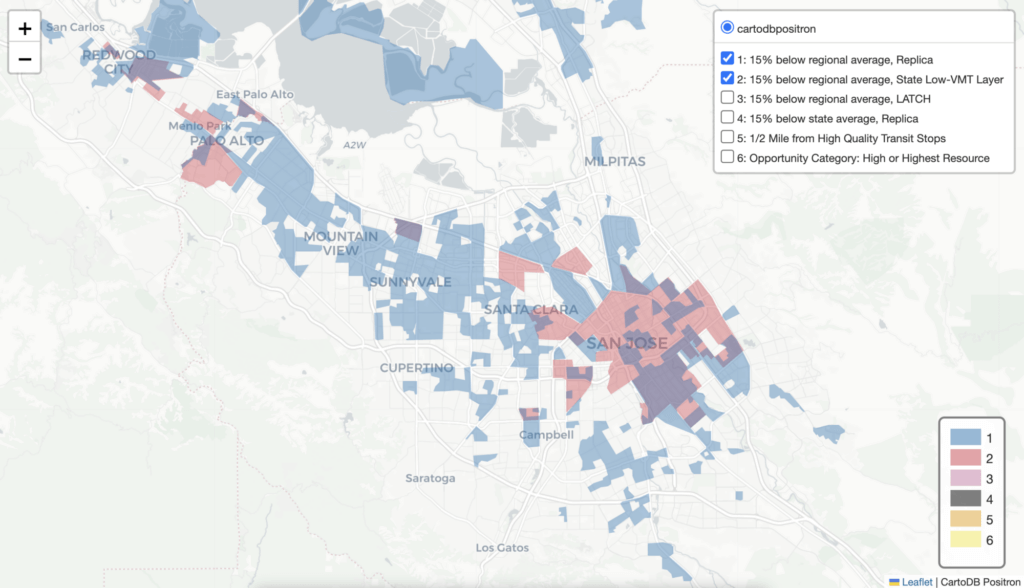Scaling Up Off-Site Construction in Southern California
Published On February 1, 2022
As housing costs have risen across the country, off-site construction has emerged as an important strategy to deliver new supply, particularly affordable and permanent supportive housing, more quickly and cost-effectively. A variety of methods are included under the umbrella terms “off-site” and “industrialized,” but the main principle is that components of new housing construction—ranging in size from small kits-of-parts to larger flat-packed elements like walls and floors to full volumetric modules—are produced in a factory and then transported to the construction site for assembly. Such methods have grown in popularity in the U.S. over the past decade because of the promise of time and cost savings, as well as other potential benefits of a controlled factory environment such as standardized energy efficient design, reduced material waste, and improved working conditions.
However, two major challenges have stymied off-site construction’s success and adoption: 1. the difficulty of establishing a steady pipeline of new housing projects, which is necessary for effective factory production but often at odds with the timelines and workflows of conventional housing development, and 2. the barriers to securing and coordinating financing, particularly from traditional funding sources for affordable housing, to meet the unconventional payment schedules of off-site work.
A new paper Scaling Up Off-Site Construction in Southern California: Streamlining Production of Affordable and Supportive Housing, authored by Graduate Student Researcher Tyler Pullen, looks at the current landscape of off-site construction in Southern California with a focus on multifamily affordable and supportive housing. It draws on dozens of interviews with industry experts to identify barriers and opportunities related to expanding off-site construction. While the challenges facing off-site construction are not necessarily unique to Southern California, they have kept the collective production capacity of companies in the region low, with many modular units imported from outside the region.
The Southern California region’s recent housing targets set through the state’s Regional Housing Needs Allocation (RHNA) process will be challenging to attain without innovation in the policies, funding mechanisms, and methods of delivery to increase housing supply, particularly through multifamily housing. Catalyzing off-site construction can be one key piece in meeting these goals and addressing the current housing affordability crisis.
The analysis offers recommendations for the roles that various housing industry stakeholders, such as off-site producers, housing developers, philanthropic and social impact capital, and local and state governments, can play in fulfilling the potential of off-site construction. Find the full paper here.





